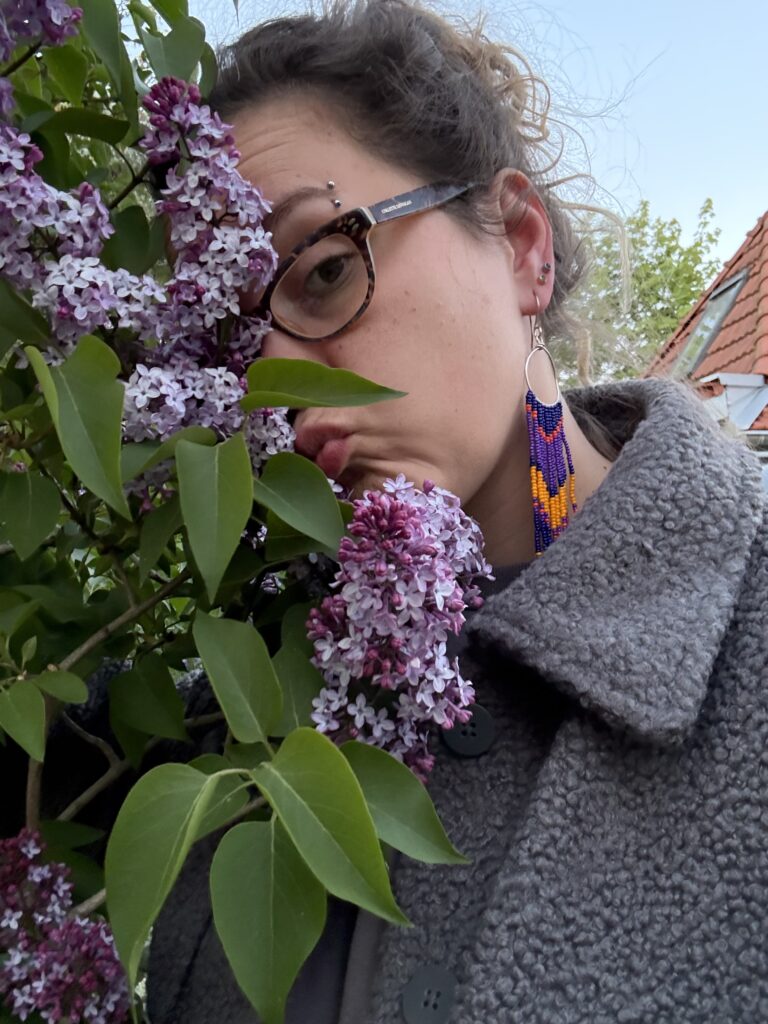This is the first post in my series on the Top 10 Mental Health Skills I Wish I’d Learned Sooner.
This may be relevant for people dealing with anxiety, overthinking, rumination, or anything along those lines.
This one’s about recognizing what sets you off. Before it takes you down.
I know everyone loves a good old top 5, top 10, or 10-something this, 5-something that kind of post.
So here I go.
I am launching my very own Top 10 and sharing the very first one — which I feel is maybe one of the most important, if not The One.
Know your triggers.
Know what makes you anxious.
Know what makes you nervous.
Know what winds you up.
Know what makes your hands sweat, your heart beat faster, what makes it harder to breathe, what makes you nauseous.
Pretty sure you’ve heard this before.
And the first question you have when you hear this is:
Okay, great, but how?
How do I learn my triggers?
What do I have to do to be able to know what makes me nervous?
What happens to us usually is we basically kind of suddenly understand that we’ve reached the limit.
Here we are, like, in late afternoon, suddenly starting to shout at our kid, feeling on our skin as pinching all of the sounds that are surrounding us. And at the same time, all of the thoughts that are inside, all of the unfinished tasks — everything just suddenly feels like needles.
“Everything just suddenly feels like needles.”

That is late — but not too late.
You can still deal with it in that moment, if you stop in that moment and don’t let it go even further.
But the ideal picture?
The ideal situation would be if you didn’t let yourself get to that.
And that means identifying that it’s coming before it gets there.
“It’s late, but not too late.”
It won’t happen in one go.
You need to monitor yourself, listen to yourself over some time.
You need to train yourself to identify those triggers.
You need to train yourself to identify the moment when it starts, stop, breathe, and analyze why.
“Train yourself to identify the moment when it starts.”
And straight away try to do something about it.
If you don’t catch this at the very beginning —
the longer you let yourself be in that state,
the harder it will be to stop and get out of it later.
When you miss this first initial kind of moment,
everything from that moment on can start unraveling with speed and intensity.
It can be one thing that triggers it to begin with —
but as soon as you let it in, everything starts resurfacing.
You start being nervous about the second thing, the third thing.
They don’t come one by one, clearly greeting you and identifying themselves.
They come in batches or all together.
“They come in batches or all together.”
⸻
And this can spiral — depending on your particular kind of mental health, internal design kind of setup thing, or your spectrum between anxiety and depression, for example. It can vary what this leads to.
If you’re prone to depressive episodes, it can very fast get you there.
And what started off as worry about the fact that it’s the end of the month, you’re almost out of money, but you missed the day to hand in your report, and so money isn’t coming today, money isn’t coming tomorrow, and you might need to live a whole week on the funds that you have left…
But after the issues with your relationship are added, your bad mothering, your dirty home, your unmet KPIs at work, and 55 unfinished creative projects that are dusting, your not-so-regularly updated blog, and so on and so forth…
You might very soon end up in a space of:
Oh my god. Everything sucks so much.
I’m so unproductive, ineffective, and not successful.
I’m basically a loser who no one needs, wants, or cares about.
There’s no sense in life.
⸻
🔥 This is about noticing the spark — not putting out the fire.
But stay tuned, because in the next posts I’ll talk about that too.
Because the truth is — no matter how much we learn, or how much we try, or how much we work on ourselves — we still get there.
We still end up in it.
There are still days when the fire is real, and it does need to be taken out.
And on those days, I’ll share what’s helped me survive.
Maybe it’ll help you too.
Follow along here or on Instagram at @samsobipsyh — for more spirals, more sparks, more survival.
I’m not going to pretend I’ve fully learned to notice the spark.
But I have started noticing what happens when I don’t.
And that’s where this started.
In the next posts, I’ll get into the how — what’s helped me actually start spotting the signs before the collapse.
Because no matter how much we learn, no matter how much we work on ourselves — sometimes, the fire still comes.
And on those days, I’ll share what’s helped me survive.
Maybe it’ll help you too.
Next up in this series: more small but life-changing tools that helped me stop spinning and start living.
If this resonates, feel free to share it — or save it for the next time your brain won’t let you rest.
